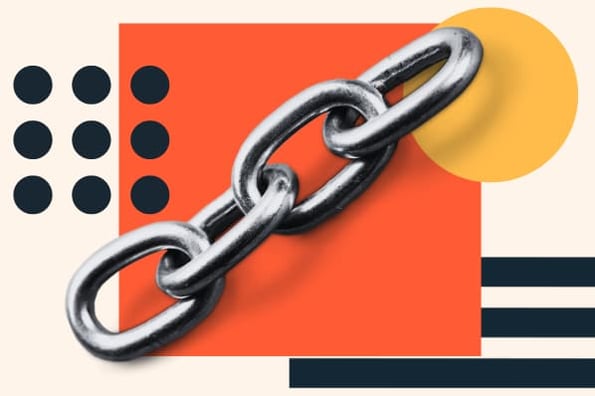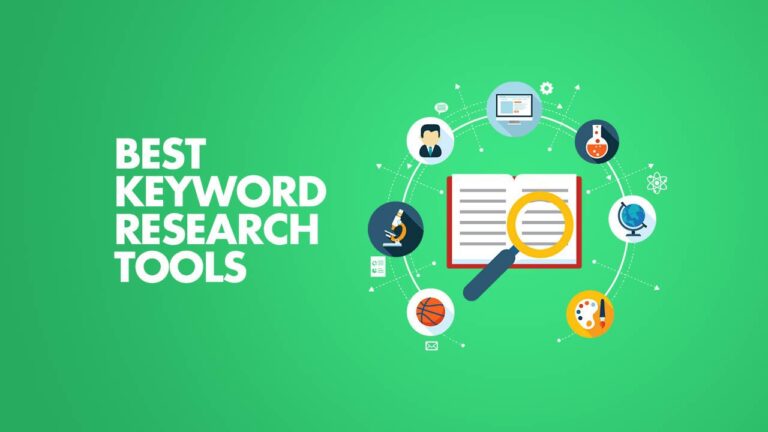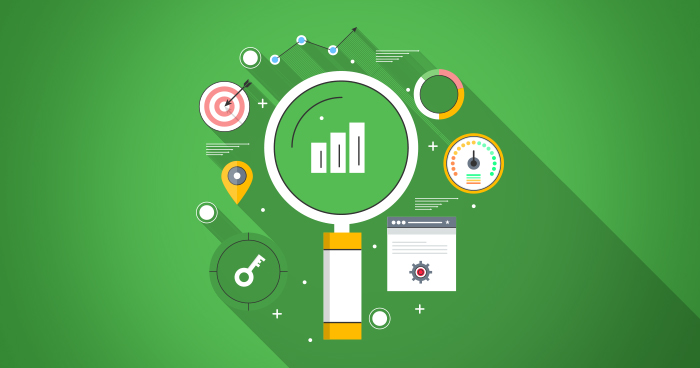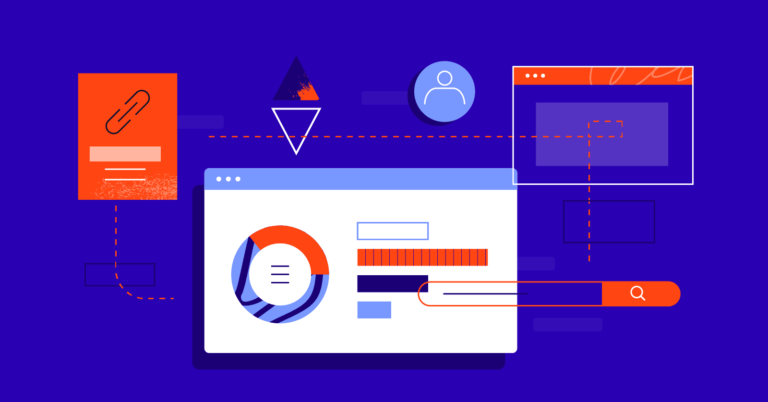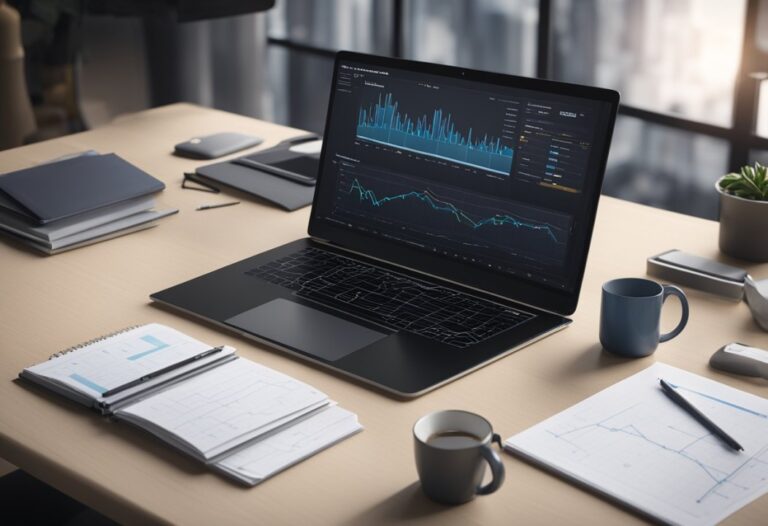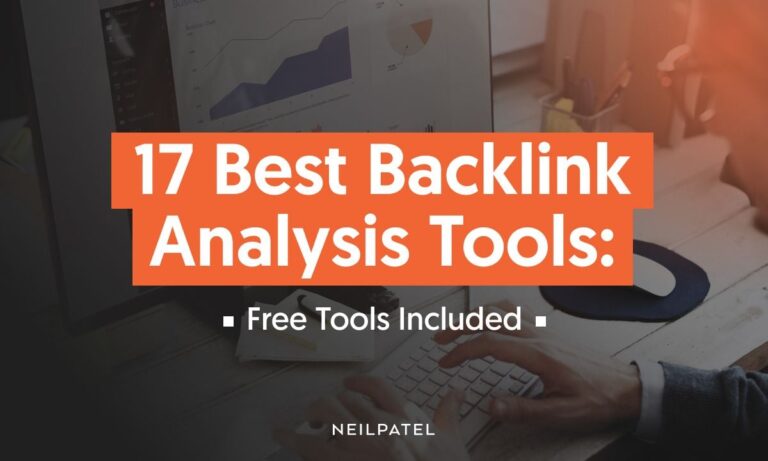Internal Linking Tools For SEO: Boost Your Rankings Today
Internal linking tools for SEO help improve site navigation and boost search engine rankings. They also enhance user experience by guiding visitors through relevant content.
Internal linking is a crucial aspect of SEO strategy. Effective internal links connect related content, making it easier for search engines to crawl and index your site. This practice improves page authority and helps distribute link equity across various pages.
Several tools can assist in creating and managing these links. Popular options include Yoast SEO, Link Whisper, and Ahrefs. These tools provide insights, automate link suggestions, and ensure your internal linking structure is optimized. Using them can significantly enhance your website’s visibility and user engagement, ultimately driving more organic traffic.
Introduction To Internal Linking
Internal linking is a key part of SEO. It involves linking pages within the same website. This helps users and search engines navigate your site better. Internal links guide visitors to more content. They also help search engines understand your website’s structure.
Importance For Seo
Internal links play a big role in SEO. They help distribute link equity across your site. This boosts the ranking of linked pages. Internal links also improve the user experience. They keep visitors on your site longer, reducing bounce rates.
Internal links help search engines crawl and index your site. They tell search engines which pages are important. This can improve your site’s visibility in search results.
Basic Concepts
Understanding internal linking starts with a few key concepts. First, know the difference between internal and external links. Internal links connect pages within your site. External links point to other websites.
- Anchor Text: The clickable text in a hyperlink.
- Link Equity: The value passed from one page to another through links.
- Hierarchy: The structure of your site’s pages.
Use internal links to create a clear site hierarchy. This helps both users and search engines. Links should be natural and relevant. Avoid overloading pages with too many links.
Top Internal Linking Tools
Internal linking is crucial for SEO success. Using the right tools can simplify this process and improve your site’s ranking. Here, we will explore the top internal linking tools available today.
Tool 1: Features And Benefits
Tool 1 offers several features that make it a top choice for internal linking:
- Automated Link Suggestions: This feature helps identify the best internal links.
- Anchor Text Optimization: Ensures your anchor texts are SEO-friendly.
- Comprehensive Reports: Provides detailed insights into your linking structure.
Benefits:
- Improves site navigation.
- Increases page views.
- Boosts SEO ranking.
Tool 2: Features And Benefits
Tool 2 is another excellent option, packed with useful features:
- Link Analysis: Evaluates the effectiveness of your internal links.
- Broken Link Detection: Identifies and fixes broken links.
- Customizable Link Rules: Allows you to set specific linking rules.
Benefits:
- Enhances user experience.
- Reduces bounce rate.
- Strengthens site authority.
How To Choose The Right Tool
Choosing the right internal linking tool is crucial for SEO success. With many options available, making the right choice can be challenging. This guide will help you select the best tool to boost your SEO efforts.
Factors To Consider
There are several factors to weigh before selecting an internal linking tool. These factors ensure the tool meets your needs and improves your site’s SEO.
- Ease of Use: Look for a tool that is user-friendly.
- Features: Ensure the tool has essential features like link suggestions and reporting.
- Compatibility: Check if the tool integrates well with your CMS.
- Customer Support: Reliable support can save you time and effort.
- Reviews and Testimonials: Read what other users say about the tool.
Budget And Pricing
Budget is a critical factor in choosing an internal linking tool. You need a tool that fits your budget while offering the best features.
| Tool | Free Version | Paid Version | Cost |
|---|---|---|---|
| Tool A | Yes | Yes | $29/month |
| Tool B | No | Yes | $49/month |
| Tool C | Yes | Yes | $19/month |
Consider tools that offer a free version or trial. This allows you to test the tool before committing to a subscription.
Implementing Internal Links
Implementing internal links is crucial for SEO. It helps search engines understand your website structure. This process also guides users through your content. Effective internal linking can improve your site’s ranking. Let’s explore the best practices and common mistakes to avoid.
Best Practices
- Use descriptive anchor text: Anchor text should be relevant and descriptive. This helps users and search engines understand the linked content.
- Link to relevant pages: Ensure links point to related content. This keeps users engaged and reduces bounce rates.
- Maintain a logical structure: Organize links in a way that makes sense. Follow a clear hierarchy to help users navigate.
- Update old content: Regularly review and update old posts. Add new internal links to fresh content.
- Limit links per page: Too many links can overwhelm users. Aim for a balanced number.
Common Mistakes To Avoid
- Using generic anchor text: Avoid using phrases like “click here”. These do not provide context.
- Linking to irrelevant pages: Ensure all links are relevant. Irrelevant links confuse users and hurt SEO.
- Overloading with links: Do not overcrowd your content with links. This can look spammy and reduce user experience.
- Ignoring broken links: Regularly check for and fix broken links. Broken links negatively impact SEO.
- Neglecting mobile optimization: Ensure internal links work well on mobile devices. Mobile-friendly sites rank better.
Following these best practices will enhance your SEO strategy. Avoiding common mistakes ensures a smooth user experience.
Case Studies
In this section, we will explore real-world case studies on internal linking tools for SEO. These case studies showcase how different websites have successfully implemented internal linking strategies. This will help you understand the tangible benefits and practical lessons from their experiences.
Successful Examples
Several websites have shown remarkable success with internal linking tools. Here are a few noteworthy examples:
| Website | Strategy | Outcome |
|---|---|---|
| ExampleSite.com | Automated linking with context-relevant keywords | 30% increase in organic traffic |
| BlogMaster.net | Manual linking within cornerstone content | 15% rise in page views |
| ShopSmart.co | Linking product pages to related blog posts | 20% boost in conversion rate |
Lessons Learned
From these successful examples, we can derive several important lessons:
- Automated linking can save time and improve relevance.
- Manual linking within cornerstone content can drive sustained traffic.
- Contextual linking between different content types can enhance user engagement.
Implementing these strategies requires careful planning. Automated tools can help with efficiency. Manual efforts ensure quality and relevance.
.jpg?width=3016&height=1674&name=internal-linking-tools-yoast%20(1).jpg)
Credit: blog.hubspot.com
Measuring Success
Measuring the success of your internal linking strategy is crucial. It helps you understand what is working and what needs improvement. With the right tools, you can track important metrics and ensure your SEO efforts are effective.
Key Metrics
Tracking key metrics is essential for understanding the impact of your internal linking.
- Page Views: Measure the number of times a page is viewed.
- Average Session Duration: Track how long visitors stay on your site.
- Bounce Rate: See the percentage of visitors who leave after one page.
- Click-Through Rate (CTR): Monitor the number of clicks on internal links.
- Conversion Rate: Track the percentage of visitors who complete a desired action.
Tools For Monitoring
Several tools can help you monitor these metrics effectively.
| Tool | Features |
|---|---|
| Google Analytics | Tracks page views, session duration, bounce rate, and CTR. |
| Ahrefs | Offers in-depth link analysis and tracks internal link performance. |
| SEMrush | Provides detailed reports on internal linking and site structure. |
| Screaming Frog | Crawls your site and provides insights into internal linking. |
Using these tools will help you measure the success of your internal linking strategy. Make data-driven decisions to improve your SEO.
Advanced Strategies
Using advanced strategies for internal linking can significantly boost your SEO efforts. These strategies help you maximize your site’s potential. Let’s explore two key advanced strategies: Automated Linking and Content Hubs.
Automated Linking
Automated linking tools save time and improve accuracy. They identify relevant pages and create internal links automatically. This process ensures consistent and efficient linking throughout your site.
Here are some benefits of automated linking:
- Time-saving: Automates the manual linking process.
- Consistency: Ensures uniform link placement.
- SEO improvement: Enhances keyword distribution and page authority.
Popular automated linking tools include:
| Tool Name | Features |
|---|---|
| Link Whisper | AI-powered suggestions, bulk linking |
| SEMrush | Keyword analysis, link building |
| Yoast SEO | Internal linking suggestions, content insights |
Content Hubs
Content hubs organize related content into clusters. They improve site structure and user experience. A content hub consists of a pillar page and cluster pages.
The pillar page covers a broad topic. Cluster pages delve into subtopics and link back to the pillar page. This structure enhances topic authority and relevance.
Steps to create a content hub:
- Identify a broad topic: Choose a central theme.
- Create a pillar page: Write a comprehensive guide.
- Develop cluster pages: Write detailed articles on subtopics.
- Link internally: Connect cluster pages to the pillar page.
Benefits of content hubs include:
- Better user experience: Easy navigation and information access.
- Improved SEO: Enhanced topic authority and relevance.
- Higher engagement: Users spend more time on your site.

Credit: www.wptasty.com
Future Of Internal Linking
Internal linking is essential for SEO. It improves website navigation, page authority, and user experience. As SEO evolves, internal linking tools are advancing. They adapt to new trends and technologies.
Emerging Trends
Internal linking is growing rapidly. Here are some emerging trends:
- AI-driven linking: AI suggests the best internal links.
- Contextual links: Links are based on content relevance.
- Voice search optimization: Links cater to voice search queries.
- Mobile-first indexing: Links optimized for mobile users.
Technological Advancements
Technology is making internal linking smarter. Here are key advancements:
| Technology | Benefit |
|---|---|
| Machine learning | Predicts user behavior for better linking. |
| Natural Language Processing (NLP) | Understands content context to suggest links. |
| Automated link generation | Speeds up the linking process. |
| Advanced analytics | Tracks link performance accurately. |
These advancements are shaping the future of internal linking. They improve efficiency and accuracy. They help SEO professionals stay ahead.
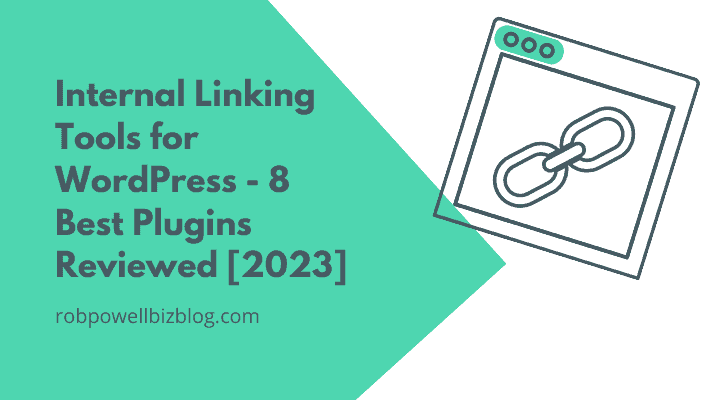
Credit: robpowellbizblog.com
Frequently Asked Questions
What Are Internal Linking Tools?
Internal linking tools help you manage and optimize internal links on your website. They enhance site structure and improve SEO.
Why Are Internal Linking Tools Important?
Internal linking tools improve navigation, distribute link equity, and boost SEO. They help search engines crawl and index your site effectively.
How Do Internal Linking Tools Work?
These tools analyze your site’s structure and suggest internal links. They ensure relevant content is connected, enhancing user experience and SEO.
Can Internal Linking Tools Improve My Site’s Seo?
Yes, internal linking tools can significantly boost your site’s SEO. They optimize link distribution and improve crawlability, leading to better rankings.
Conclusion
Mastering internal linking tools can significantly boost your SEO efforts. These tools improve site navigation and authority. Implement them strategically to enhance user experience and search rankings. Regularly update your links to maintain relevance. Start using internal linking tools today to see a noticeable improvement in your website’s performance.
